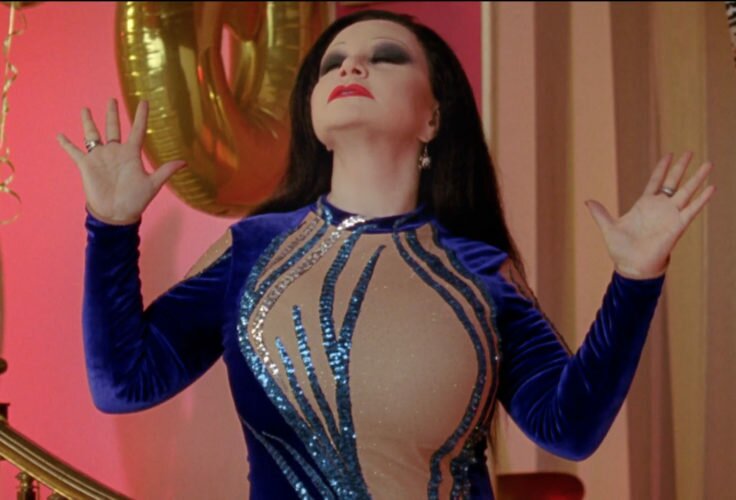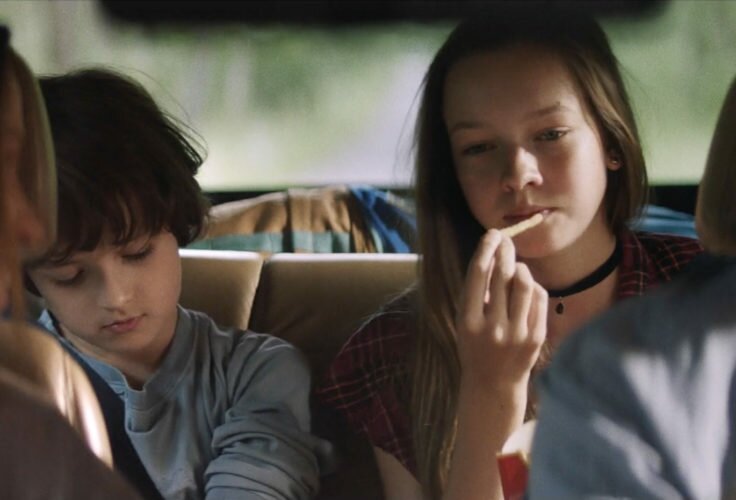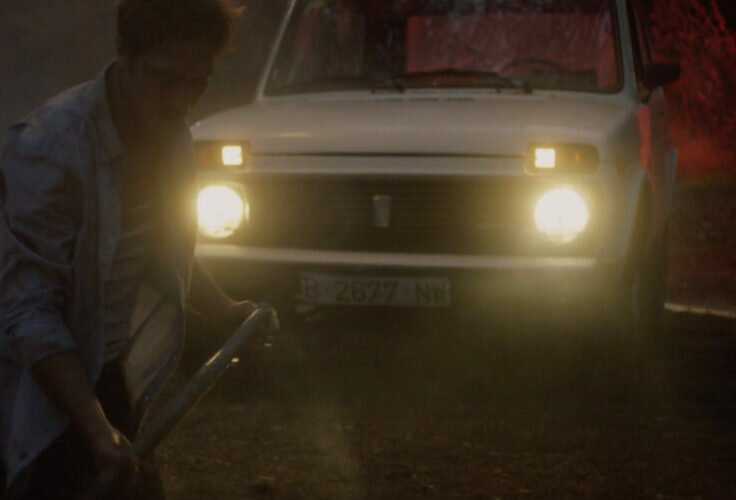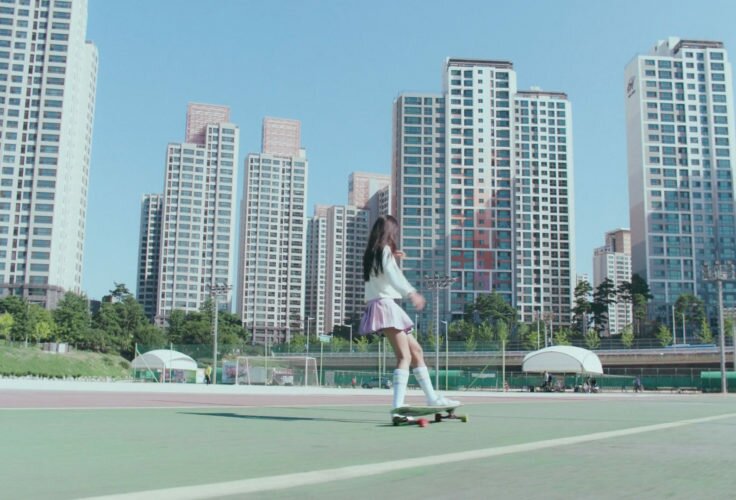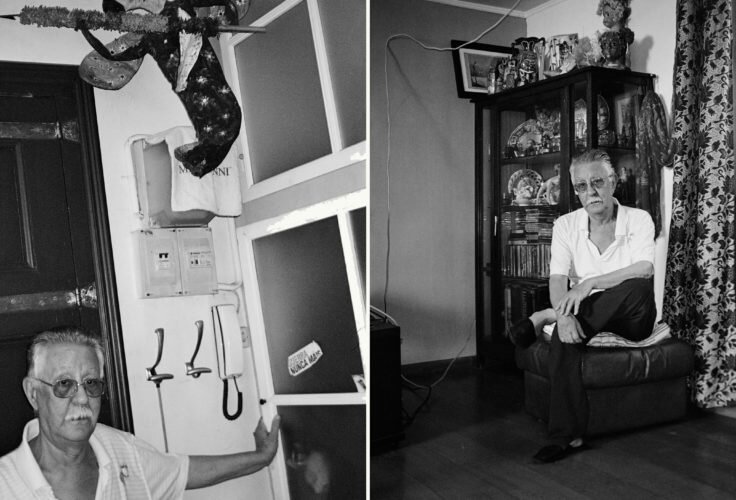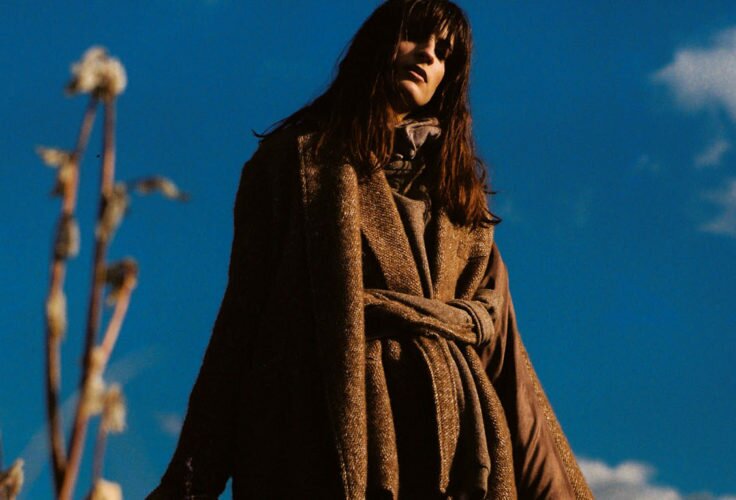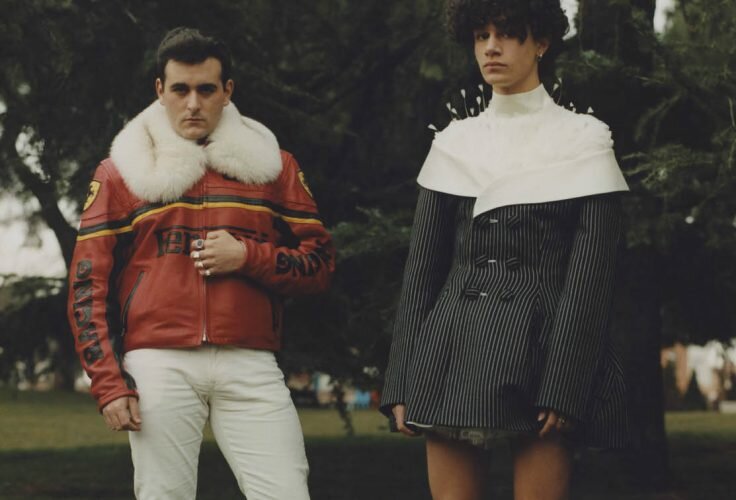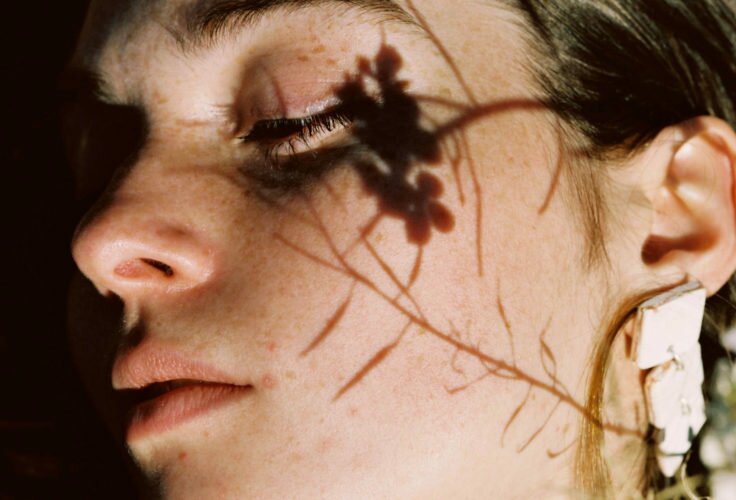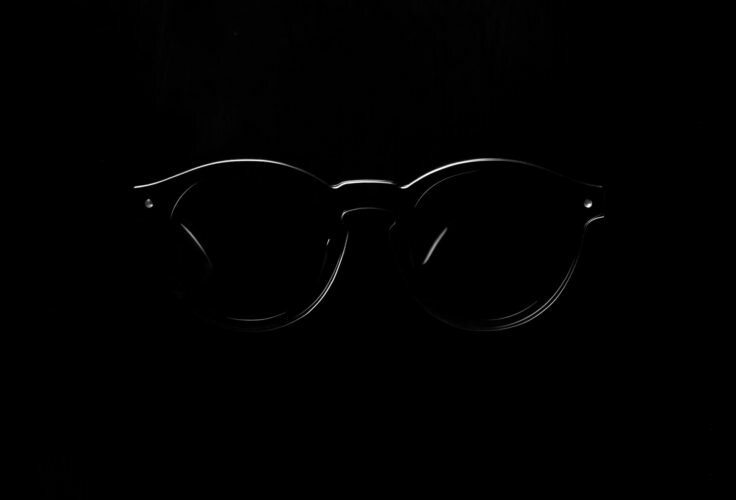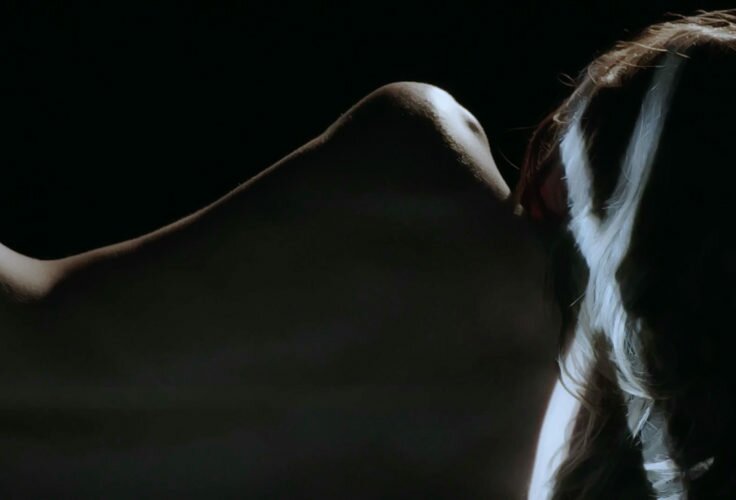Is The Flying Luna Clipper the only known example of chiptune film? Víctor Navarro Remesal always looking for and finding amazing GIFs.
Chris Ware:
In Japanese classical poetry, it was common to use of some fixed epithets that conventionally accompanied a name or a place name. The resulting poetical images were a kind of useful resource for the poet to relie on: they were the makura kotoba, what we could roughly translate as “pillow words”.

Illustration by Big Tex
As an analogy, and because they were also used to intensify the images they followed or preceded, film critic Noël Burch coined the term pillow shot for a series of typical shots found in Yasujiro Ozu’s films.
A pillow shot is, in essence, a situational shot (a landscape, the outside of a house, a room or an object) but which by its unusual length (sometimes a succession of several scenes) and its peculiar composition, placement and content it can sometimes acquire an expressive character that goes beyond the mere descriptive function. These shots, sometimes seen, although not always, as a still life (because of the profusion of empty spaces and inanimate bodies), are always used as a transition between scenes and mark a suspension of the narrative. They slow the film down and invite you to adopt the serene contemplative attitude that is so well valued in Japanese culture. But they have also been interpreted as everyday epiphanies or, on the contrary, as an indication of human alienation in an environment so different from their usual one and where they are totally irrelevant: the silence of nature, empty of any objective meaning.
There is no need to argue that Chris Ware is one of the authors that has researched and widened the limits of comic book grammar in recent years. And among one of the most frequent resources in his particular repertoire, it is remarkable the use of vignettes and scenes that we could catalogue, without going too far from the definition, as pillow shots. In fact, Ware himself has insinuated that all his work is reduced to a collection of them, when with his typical black humour he identifies it with a sum of independent lyrical fragments, pieces from which “we can read a bit when we’re getting a form revised, or while we’re waiting to be called or while someone we love is quietly dying”. A vision quite fitting to some of his micro cartoons made up of only these scenes, empty of anything superfluous.

Jimmy Corrigan scene with pillow shots rhyme between two consecutive pages
All in all, their most powerful and characteristic use can be found when these scenes are inserted within the narrative stream. They can be at the beginning or at the end of a sequence, an interlude at its very heart or a single isolated vignette. Buildings, windowsills, tables with half-eaten food or telephones are some recurrent images. Ware uses them to punctuate his stories. With a very musical conception of the comic book form, he uses them to create rhythmic effects, playing with the idea of ostinato and the variations over a theme, creating internal rhymes by repeating framings or with slight variations, attenuating the cadence and introducing the main protagonist of his work: silence.
Ware’s silences have substantial, not only formal, value. When all of a sudden a scene is immersed in one of those quiet moments in which the characters remain still and abstracted, doing, at most, a few automatic everyday actions, he makes us enter their intimacy and be aware of the importance of such impasses and their emotional intensity. All of our existences, he seems to tell us, is mainly made out of these inactive interstices. It’s then that their sense or nonsense is finally made clear. In the thorough and obsessive attention towards these down times underlies, as it did in Ozu’s films, a critique towards our society of speed, show business and technological communication, which alienates us with its continuous expectations of events and prevents us from enjoying the present. But, at the same time, they also express the tense or resigned wait for a revelation that doesn’t occur.

Fragment of trees with bird

Jimmy waiting call or Jimmy Corrigan and the leaves

Snow scene

Cityscapes scene
In Chris Ware’s pillow shots there is, above all, a reflection on what silence is able to say and contain, but also about what it’s unable to enunciate and about its incompleteness. In some occasions, they are used to highlight a feeling without talking about it: they make us perceive the character’s isolation, nostalgia or helplessness. In others, they point towards the dissonance that an object, with its disturbing apathy, introduces within an ambiance. Some can be read as open metaphors, like those cartoons in which the disappearance of human figures in the middle of a snow storm symbolise death, or else those which reproduce images from memories, already stripped of time’s poetic filter. There are other much more mysterious and difficult to pinpoint, as well. They are, for instance, the ones we find in those pages entirely devoted to lonely urban landscapes. Vignettes that we’re not sure whether they say something or nothing at all, whether they hide a hierophany or rather symbolize the infinite vanity of it all. In all of them we can hear an echo of Borges’ beautiful evocation that said:“There is an hour of the afternoon when the plain is on the verge of saying something. It never says, or perhaps it says it infinitely, or perhaps we do not understand it, or we understand it and it is untranslatable as music.” The image is more the end than the middle of a thought. And on it probably dwells one the most profound intuitions included in Chris Ware’s work: that life is full of elusive meanings, perhaps inscrutable or without a verbal translation, but which we access first through emotion than reason.



